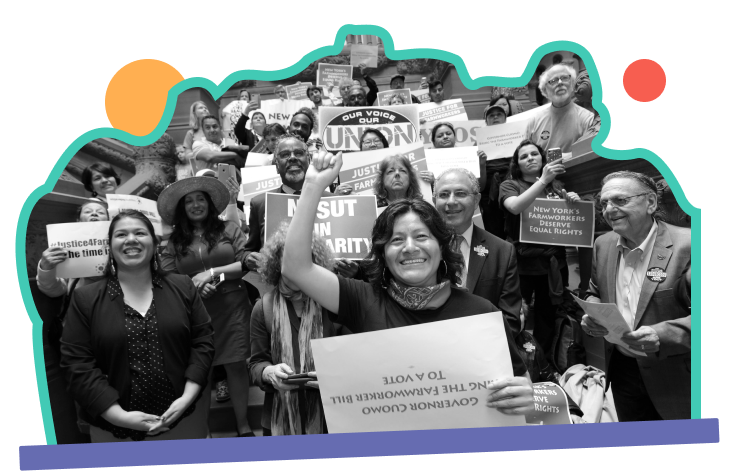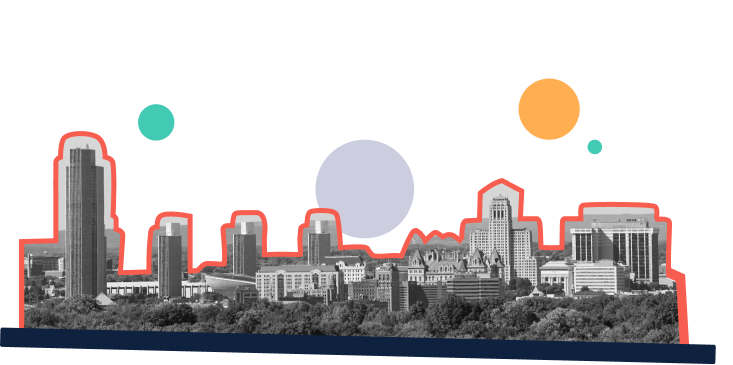The demographic, social and political landscape in all of New York State is changing.
With it comes tremendous opportunity to create a more equitable future by shifting power to the people and communities most impacted by injustice, specifically Black, Indigenous, and people of color communities.

Unlike densely populated cities, rural areas have lower population densities and significantly more land. As a result, rural grassroots organizations must cover a considerably larger physical footprint to build a similarly sized base as an urban grassroots organization.
Meetings in rural parts of New York might take weeks of planning and coordination due to logistical challenges surrounding transportation, employment schedules, child care and other issues. Several respondents wanted to impress upon funders that due to differences in population density and geography, it could take longer to achieve similar organizing outcomes in rural communities than in larger metro areas.
Rural organizations are also less likely to be located in close physical proximity to their funders, have fewer social connections in common, and are more likely to work with other organizations that do not receive grants from the same funders. Therefore, organizations that are both newer and rural face multiple barriers to sustainable funding.
There is an inequitable distribution of philanthropic resources across the state. In general, there is a bifurcation between the four regions of Long Island, New York City, the Hudson Valley, and Western New York in contrast with other areas of the state. Organizations have seen that their work in those four regions are more likely to receive funding than their work in other parts of the state.


